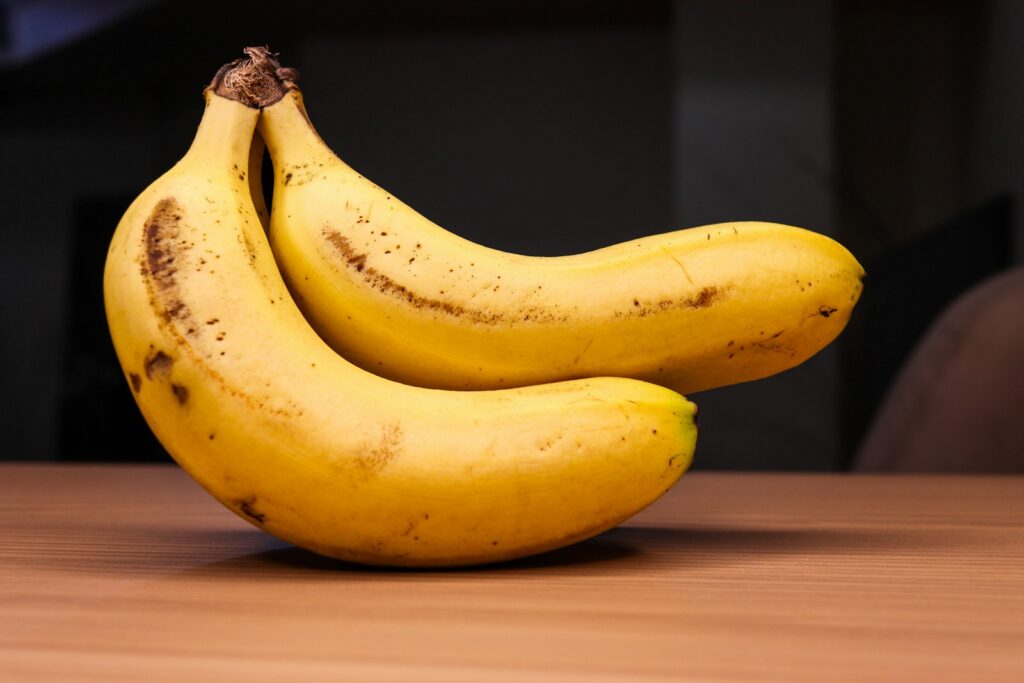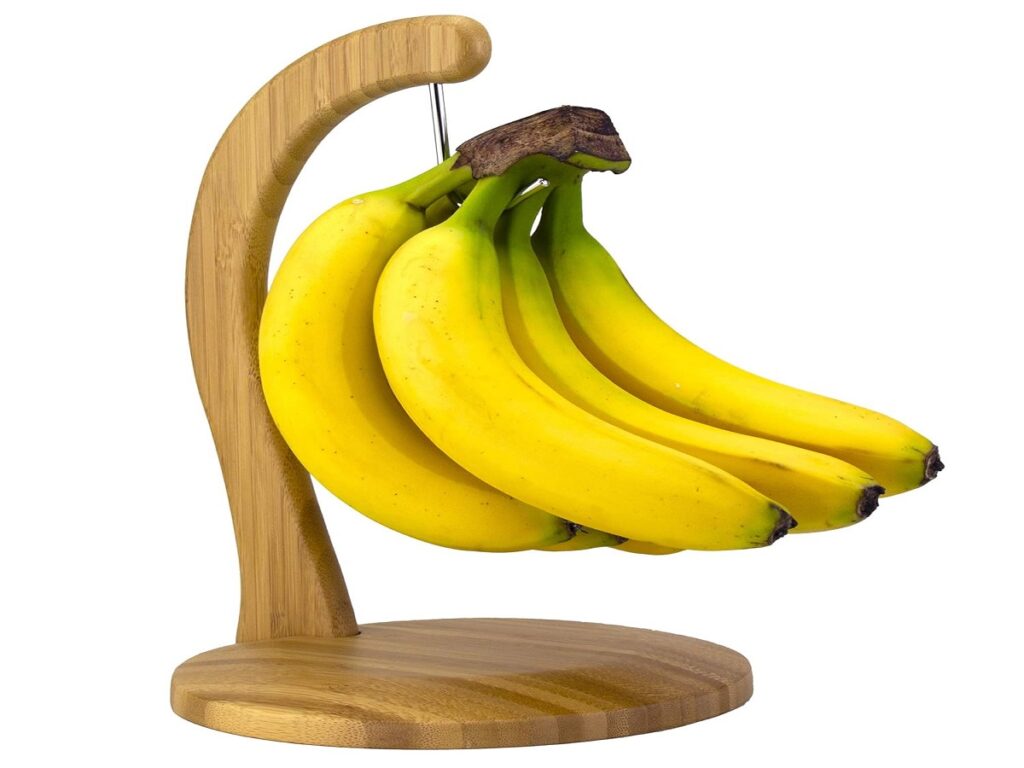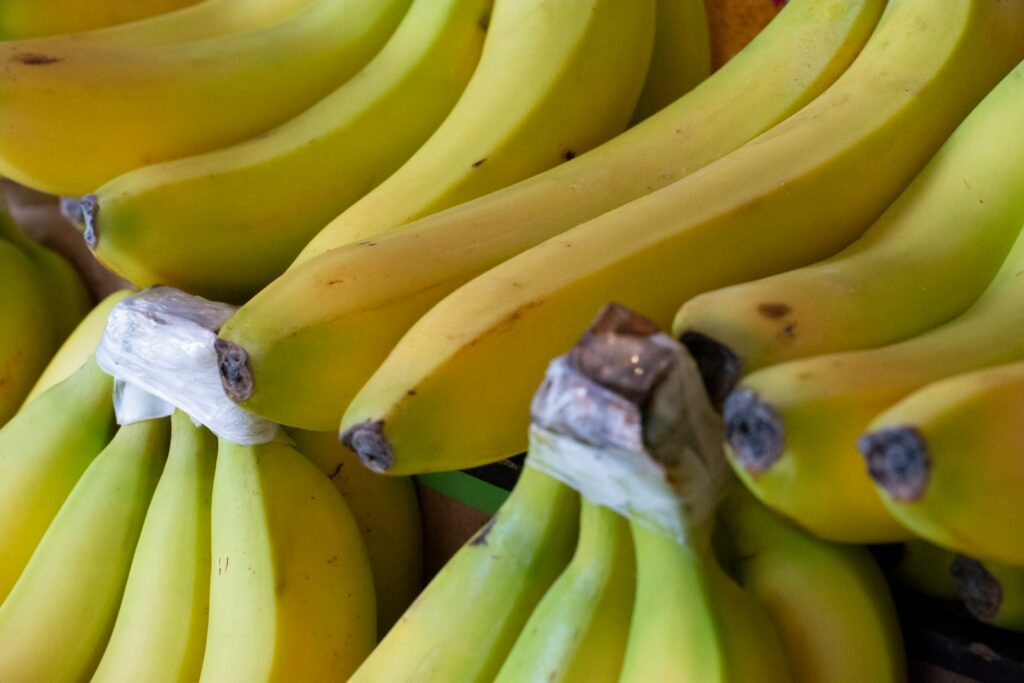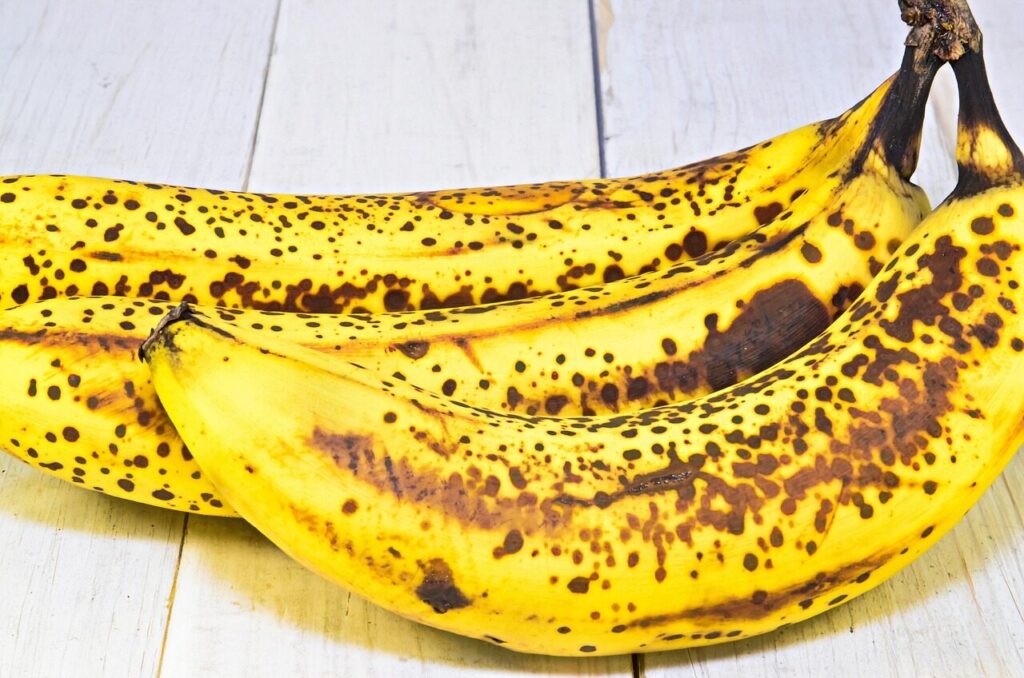Bananas are one of the most popular fruits worldwide, loved for their natural sweetness, portability, and rich nutritional value. However, they also ripen quickly, sometimes faster than we would like. Knowing how to store bananas correctly can make a big difference in keeping them fresh, reducing waste, and ensuring you always have them at the perfect stage for eating or cooking. Below are five smart and practical ways to store bananas, each explained in detail, so you can enjoy them longer without losing their flavor or texture.
1. Keep Bananas at Room Temperature

Bananas are naturally harvested in tropical regions, meaning they thrive best at room temperature until they ripen. Refrigeration can disrupt their ripening process if done too early. The ideal approach is to store them on a clean kitchen counter, away from direct sunlight, heat, or moisture. It is important to avoid crowding them with other fruits like apples or pears, which release ethylene gas that speeds up ripening. When stored properly on the counter, bananas ripen evenly and retain their signature yellow color without premature browning.
2. Use a Banana Hanger

Banana hangers were designed with a simple yet effective purpose: to keep bananas elevated and reduce pressure points. When bananas sit on a hard surface, the contact areas bruise more quickly, leading to soft spots and faster spoilage. By hanging them, air circulates around the fruit evenly, slowing down the ripening process. Many banana hangers are made of metal, wood, or even modern stainless steel, and they not only help with storage but also add a neat and organized look to your kitchen counter. This method extends freshness and minimizes waste.
3. Wrap Banana Stems with Plastic or Foil

One of the cleverest ways to keep bananas fresh is by targeting the stem. The stem is where bananas release ethylene gas, which triggers ripening in both the attached fruit and others nearby. By wrapping the stems tightly with plastic wrap, aluminum foil, or reusable beeswax wrap, you slow down this process significantly. This simple trick can add two to three extra days of freshness, making a big difference if you buy bananas in bulk. It is a small effort with great benefits, especially for those who dislike overly ripe bananas.
4. Separate Bananas After Purchase

While bananas ripen faster in bunches, separating them can help slow the process. Once you bring them home, gently pull each banana apart and store them individually with space between them. This prevents ethylene gas from one banana from affecting the others too quickly. Though this method takes a little more effort, it pays off by extending the time you have perfectly ripe bananas on hand. If you enjoy eating bananas gradually rather than all at once, separating them ensures you do not end up with several overripe fruits at the same time.
5. Refrigerate Ripe Bananas

Although refrigeration is not suitable for unripe bananas, it can be helpful once they have fully ripened. The cold temperature slows down the ripening process, keeping the banana flesh firm for several more days. The peel may turn brown or black in the fridge, but the fruit inside remains fresh and sweet. For best results, place ripe bananas in a ventilated section of the refrigerator and avoid sealing them in plastic, which can trap moisture and cause spoilage. This method is especially useful when you want to preserve ripe bananas for smoothies, baking, or snacking later.
Comments